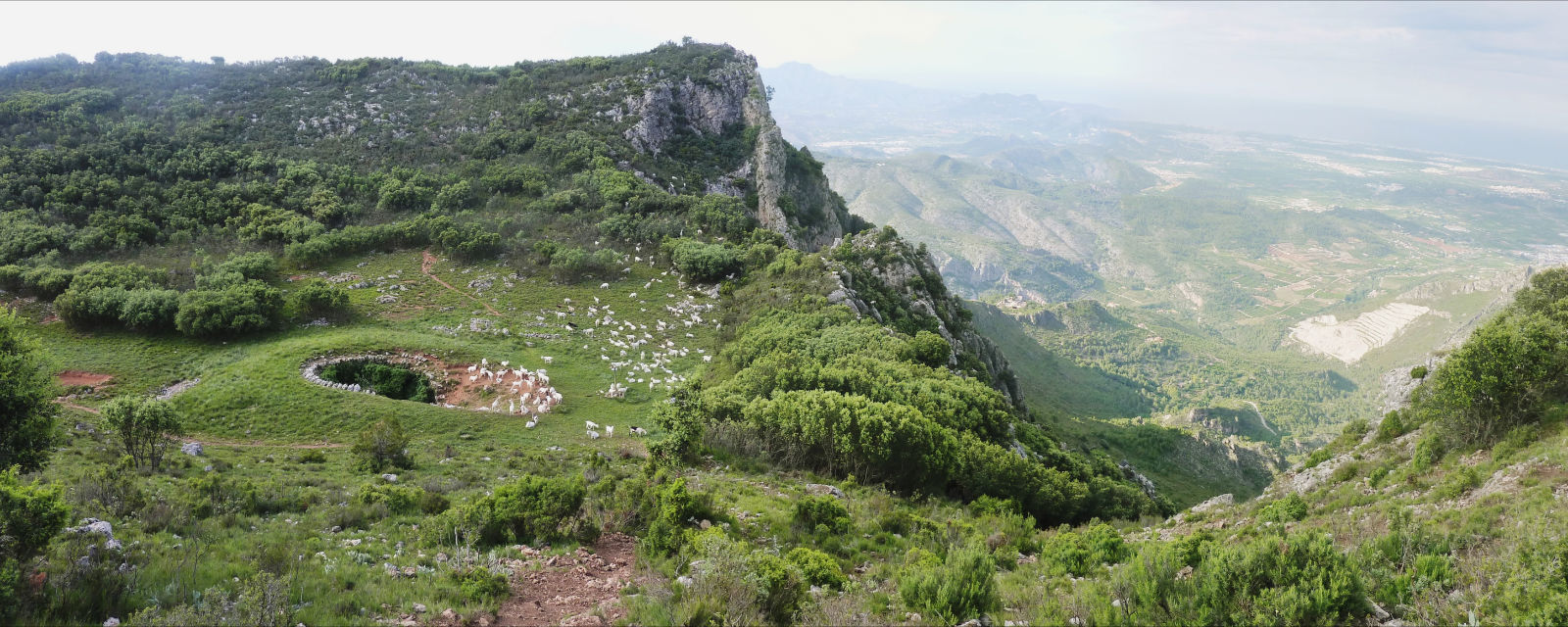A new Valencian “garrofó”, better adapted to climate change

Research carried out by the Jardí Botànic of the Universitat de València and the Conselleria d’Agricultura shows that seeds of the legume known as “pintat (painted, in English)”, Phaseolus lunatus L., are more tolerant to drought.
Researchers from the Jardí Botànic of the Universitat de València, together with the Organic Production Service of the directorate-general for Rural Development of the Generalitat Valenciana have found out that one of the three traditional Valencian varieties of garrofó is better adapted to climate change. This work’s conclusions have been published in the journal Agronomy.
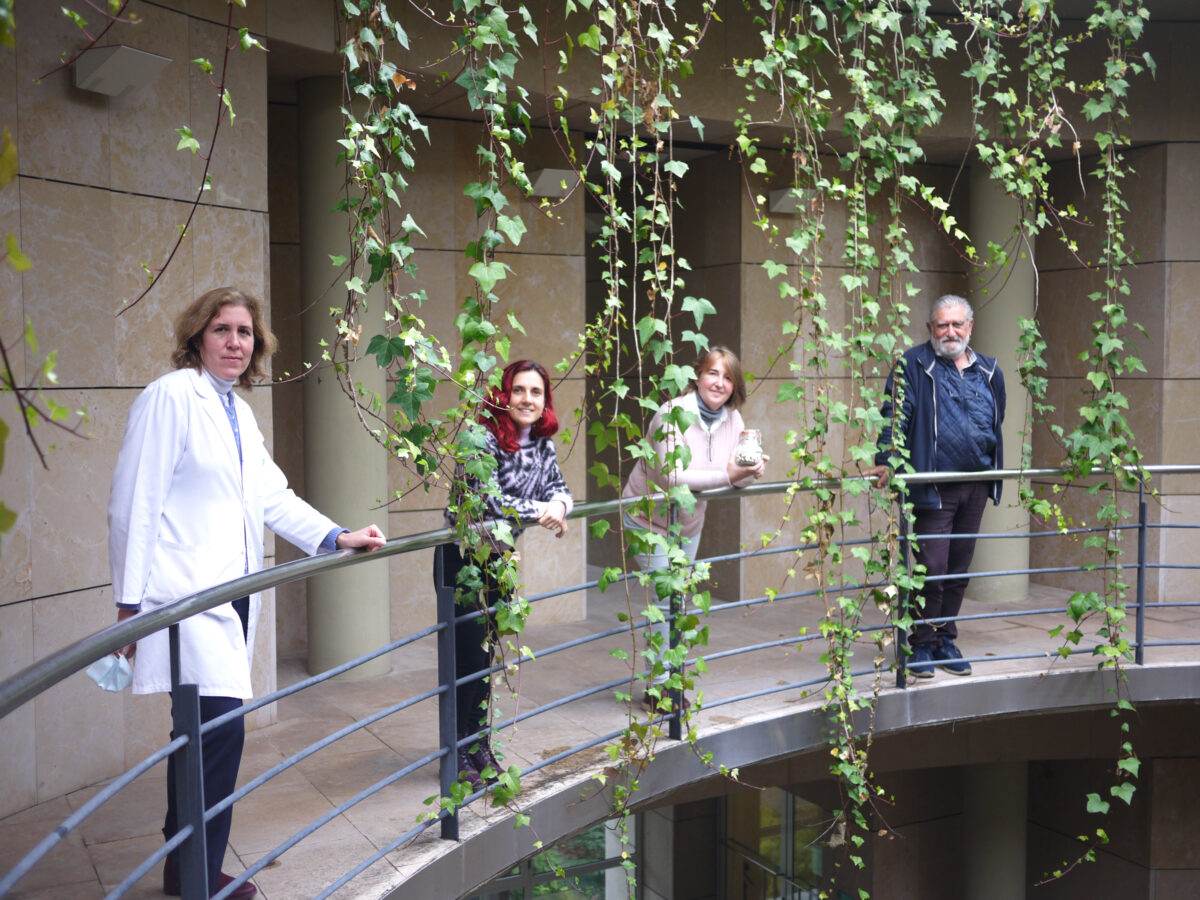
The study compared the characteristics of the three traditional Valencian varieties of garrofó – cella negra, ull de perdiu y pintat– with commercial seeds from Peru, grown especially in the Andean country and in Almería (Spain), and which are easy to identify as they are completely white. Specifically, the adaptation during the germinative process was analysed under water stress circumstances – response to drought – and high temperatures.
The results of the research show that the Valencian variety “garrofó pintat” (Phaseolus lunatus L.) can “compete with cash crops thanks to its tolerance to high temperatures and drought. This means that it is a traditional seed well-adapted to the arid conditions and rainfall scarcity expected in the Mediterranean Basin due to climate change” states Elena Estrelles, curator and head of the Germplasm Bank of the Jardí Botànic of the Universitat de València.
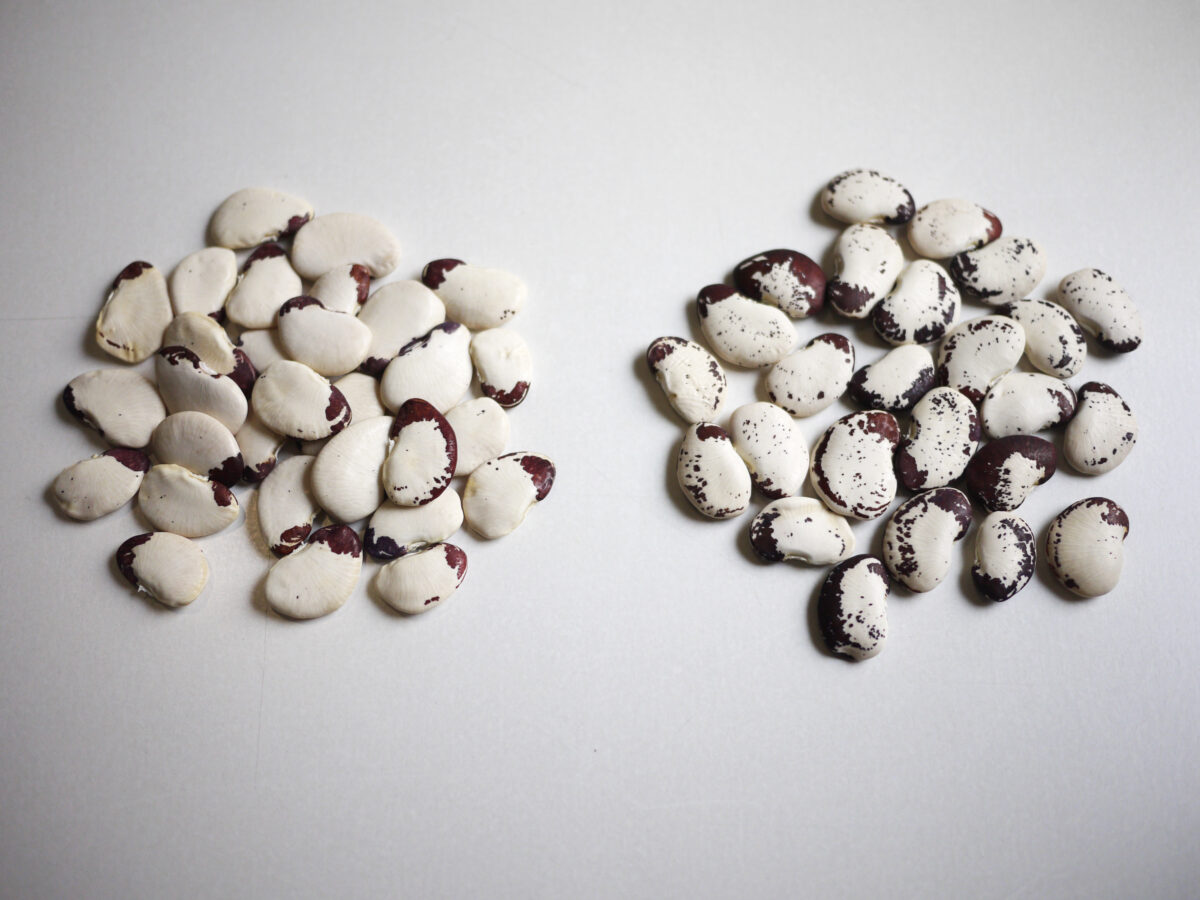
This study, focused on a small group of genes, “has not found genetic differences between the native seeds of garrofó and the ones that come from Peru. Therefore, it would be interesting to detect markers that could reflect the adaptations of the different varieties”, explains Isabel Martínez Nieto, researcher of the Jardí Botànic.
Vulnerability against pathogens
Pilar Soriano, professor of the Department of Botany and Geology in the Faculty of Biological Sciences of the Universitat de València and researcher of the Jardí Botànic, highlights that the current tendency towards homogeneity in crops “not only does it affect to the loss of the traditional varieties, but it causes some problems such as adaptation to changes in environmental conditions and increased vulnerability to any type of pathogen”.
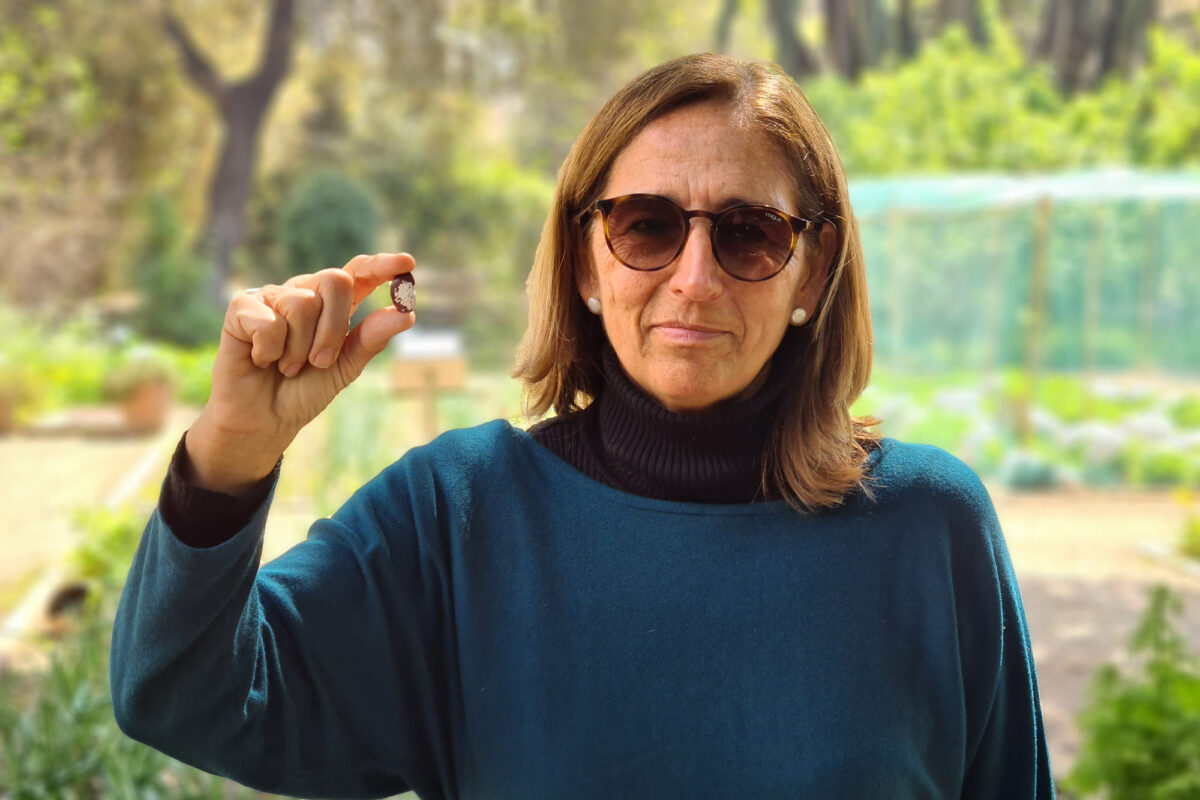
Josep Roselló, expert of the Organic Production Service of the Agriculture, Rural Development, Climate emergency and Ecological Transition Conselleria –located at the Agricultural Experiment Station in Carcaixent– outlines the importance of “promoting the growth of native varieties because of their resilience to global warming. We protect and use our heritage of traditional seeds as well as we help in fighting climate challenge and the loss of agrodiversity”.
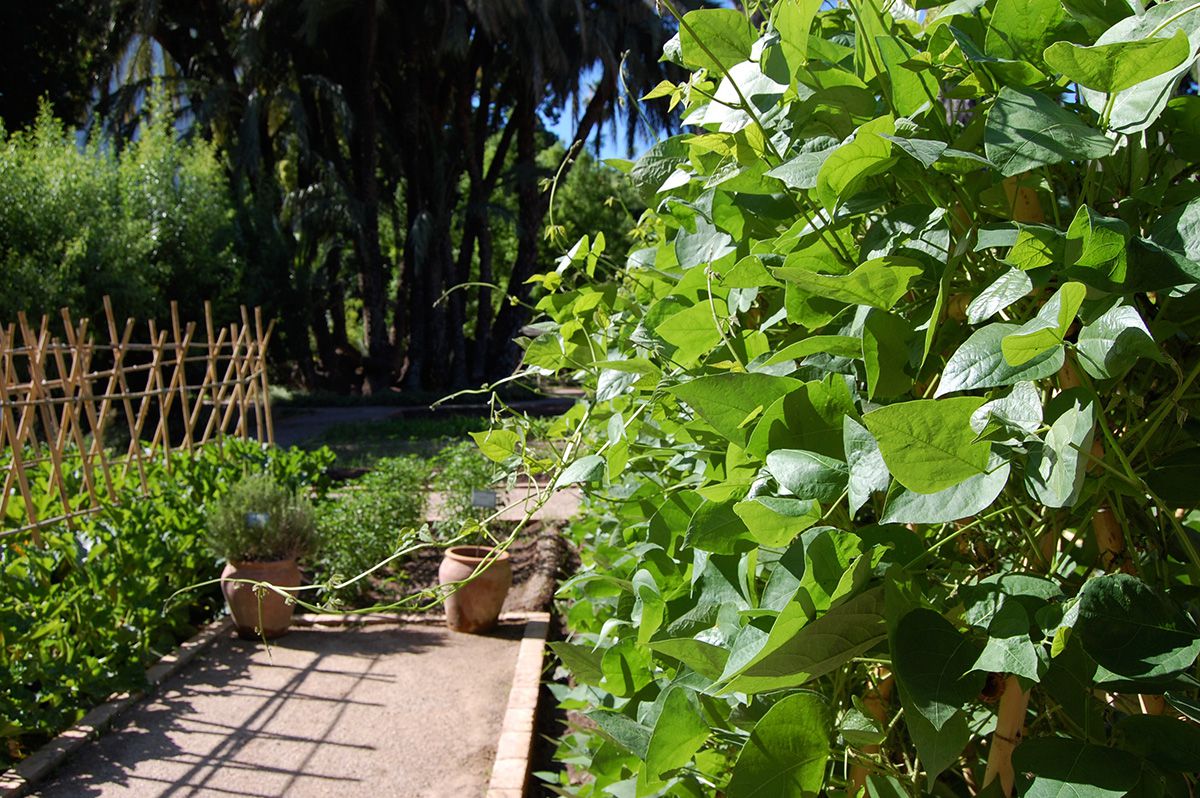
In fact, the initial aim of this work was to confirm the hypothesis that the traditional varieties of garrofó, grown for years in Mediterranean climate areas “with summer periods of drought and high temperatures, could be better adapted to environmental changes that led to an increase in water and heat stress”, states professor Pilar Soriano. She adds that it would also be important to study adult plants in order to “check whether the results also apply to other stages of development because, although germination is one of the most sensitive stages of the life cycle, water deficit affects all phases, such as growth and seed production”.
A legume linked to “paella”
Josep Roselló explains that garrofó is a legume that remains in the Valencian territory thanks to its link to paella, because “it is difficult and hard to grow them, as they have a long cycle, from April to November; it is distributed along the coast because it needs heat, but also water; it is a climbing plant that requires a firm hut structure and suffers from the risks of summer climate”.
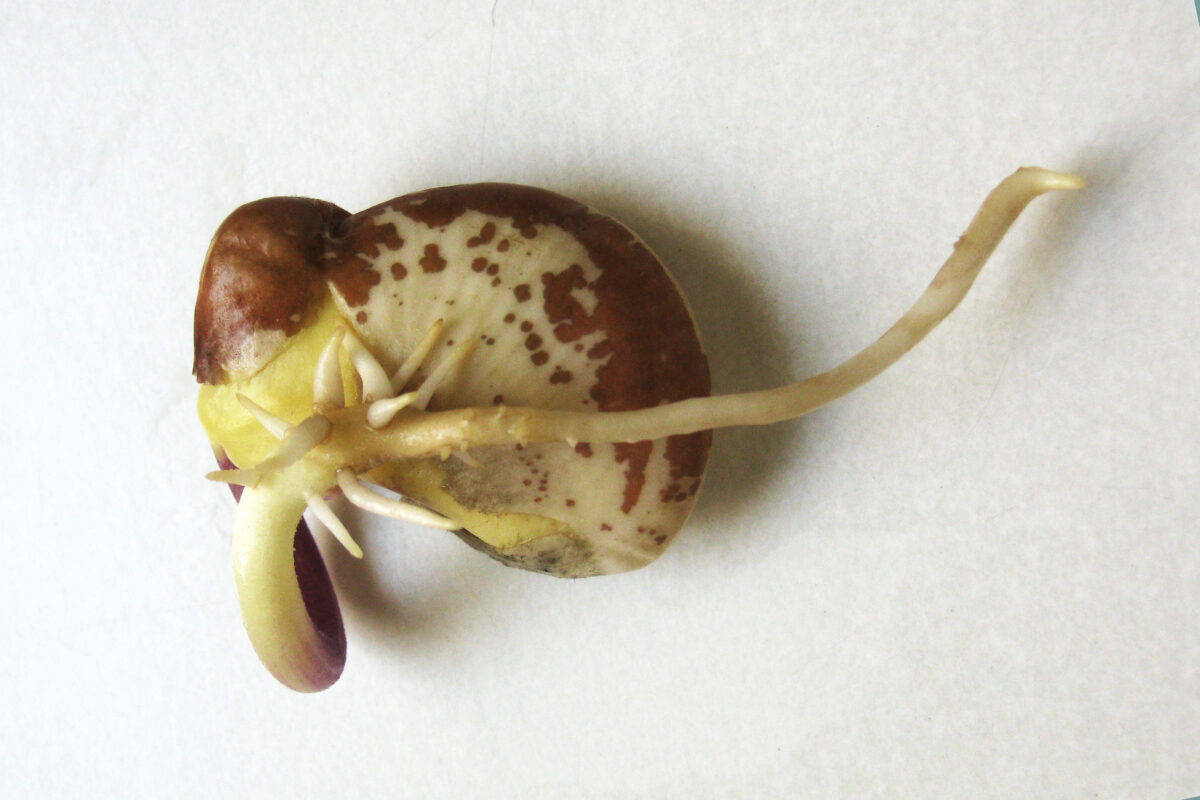
This research also recommends the restoration of traditional Valencian seeds and their commercial distribution so that citizens can buy them and so that they are demanded by consumers taking into account their quality and better taste. This way “not only do we restore genetic diversity in our agriculture, but also favour proximity consumption and food sovereignty” argues Elena Estrelles.
Valencian garrofó quality label
The Organic Production Service of the directorate-general for Rural Development has encourage farmers to organise themselves in order to apply for a quality label for the Valencia garrofó. Nowadays, “the producer’s association has been created, and the technical labelling regulation has been already sent to the regional department for approval” states Roselló.

The collaboration between the Jardí Botànic and the Organic Production Service of the directorate-general for Rural Development of the Generalitat Valenciana started some years ago with the research carried out by the Germplasm Bank and the cultivation of seeds in the organic garden. Both public institutions consider that it is essential to work together on traditional and wild crop seeds so that they can expand their botanical knowledge and dissemination to society.

Bibliografia
Resilience Capacity Assessment of the Traditional Lima Bean (Phaseolus lunatus L.) Landraces Facing Climate Change
María Isabel Martínez-Nieto, Elena Estrelles, Josefa Prieto-Mossi, Josep Roselló, Pilar Soriano. Agronomy 2020, 10(6), 758; https://doi.org/10.3390/agronomy10060758








